Brewing medicinal tea
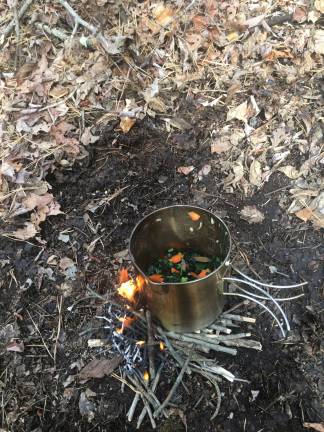
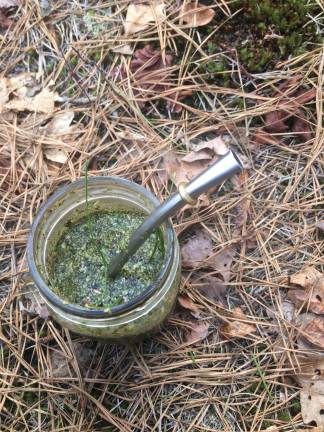
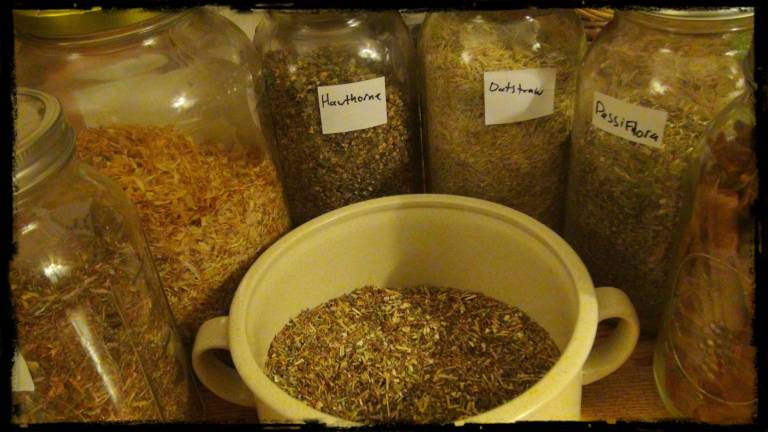
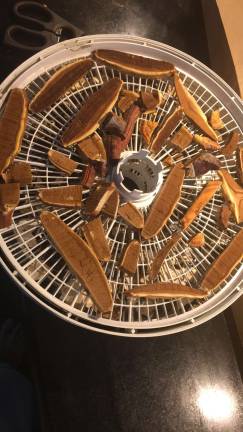
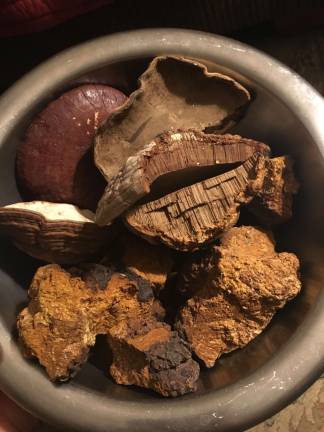
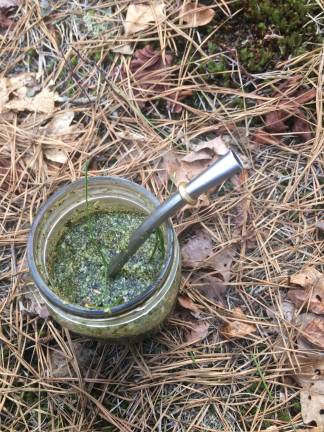
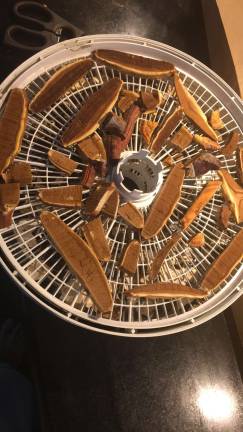
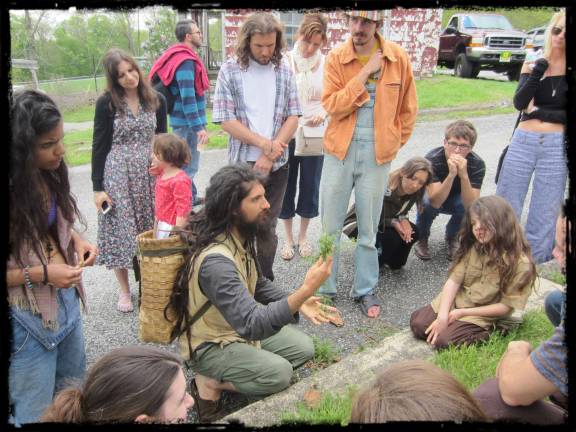
Everyone loves a good cup of tea, but when it comes to brewing something medicinal, potent, and fast acting, there’s more nuance involved than you might have thought.
Some herbs will get bitter if you boil the water too hot, or leave certain herbs in the water for too long, so water temperature and steep time are always factors to keep in mind. It’s often better to heat the herbs over a longer period of time than just boiling the bajeezus out of the herbs, which increases the bitter constituents. While very medicinal, plant compounds such as terpenes and resins aren’t the most tasty, and if consumed in excess, can lead to an unwarranted detoxification, which in some cases can be very helpful, but can produce uncomfortable symptoms such as sweating, nausea, acne, frequent urination, or diarrhea. Don’t worry, this is a rare exception, and it always comes down to getting to know each herb well. Remember, the internet is at your fingertips, but as a rule of thumb, the way to avoid making a horrid tasting brew is by controlling the heat.
There are times when you do want to boil your substance, like when you make tea from woody polypore mushrooms and roots. These medicinal substances require at least bringing the water to a rolling boil for a minute or two, then you can always bring the heat down to simmer for an hour or two in the case of sassafras, chaga, or turkey tail mushrooms.
There are two different kinds of tea: infusions and decoctions. Infusions – the type of tea most people are used to – are made by bringing water almost to a boil, pouring it over herbs, and letting them steep. In this way you can let your tea steep for a long time, even overnight, to really infuse the herbs in the water. This helps to bring out a strong flavor without increasing the bitter flavor. I like to use a Ball jar, and put a lid on as it steeps. Herbs like stinging nettle, lemon balm, or tulsi can be infused this way, although they’re sufficiently strong to drink after 15 minutes to a half hour.
A decoction, on the other hand, is when you use a saucepan or crock pot to simmer or boil your herbs, mushrooms, or roots over a longer period of time, evaporating off the water. Think of it like a stew. A decoction can be a good way to make use of plant or mushroom parts that are slow growing, and therefore take a long time to decoct.
No matter whether you make an infusion or a decoction, it is always important to put a lid on your tea. This is because anything aromatic in your tea is known as volatile. Volatility means that when heat is applied, the chemical constituents go from solid, to liquid, to vapor. That volatile essence in plants is the essential oil of the plant, which we want to capture. When you put a lid on your tea, you simulate the rain cycle in a jar: the vapor tries to rise, hits the lid, and drops back down into the liquid.
Dan de Lion